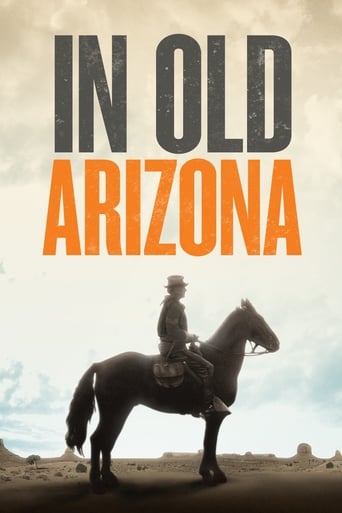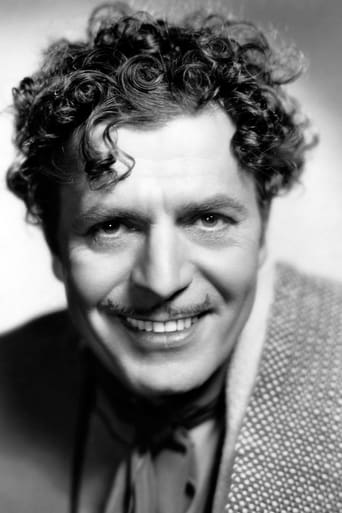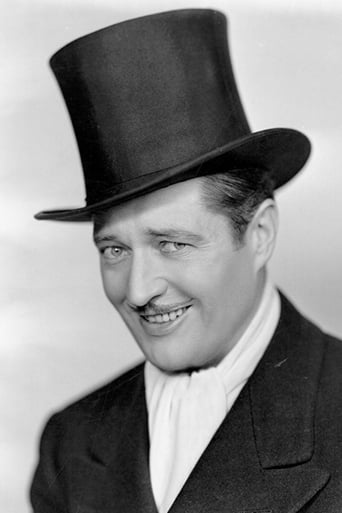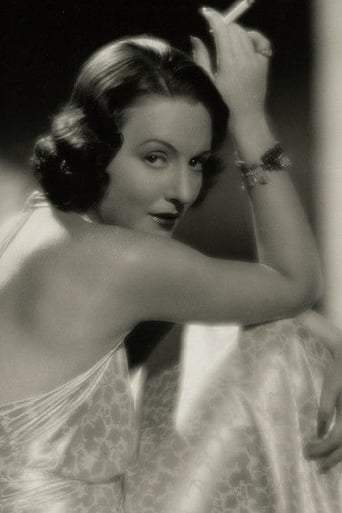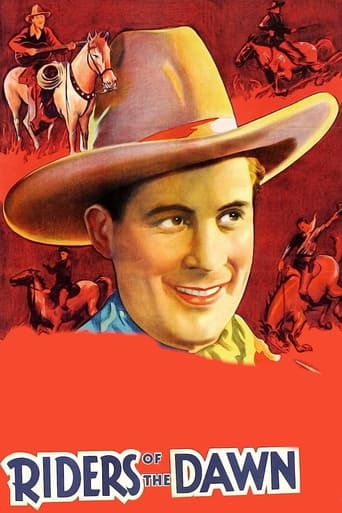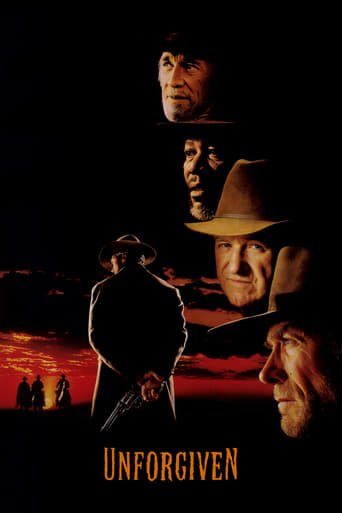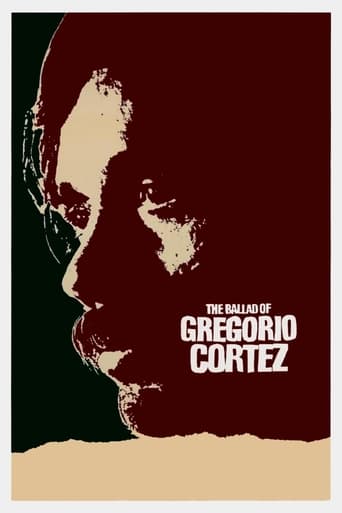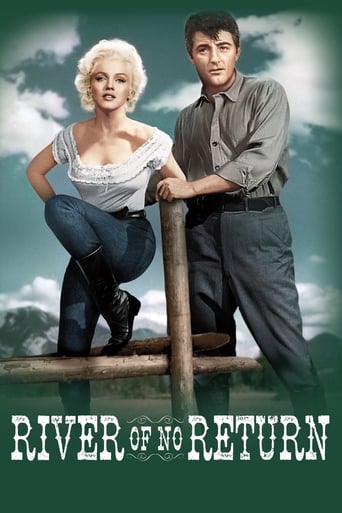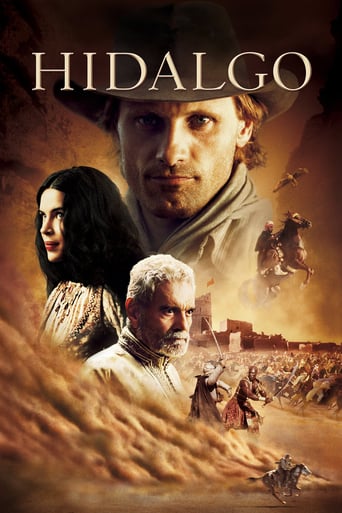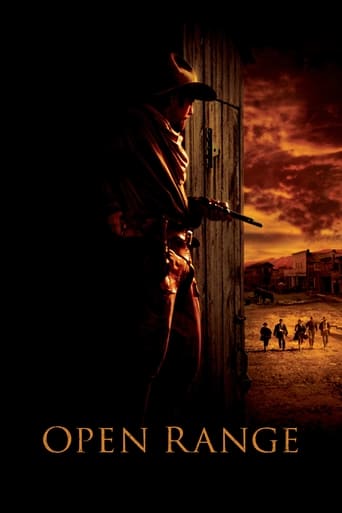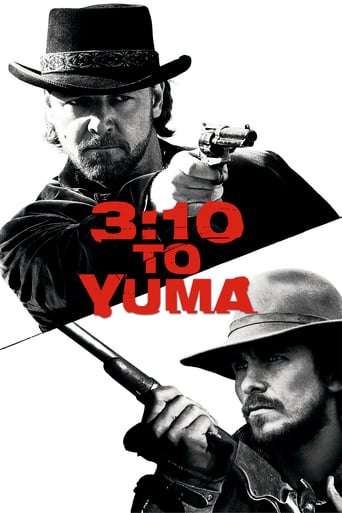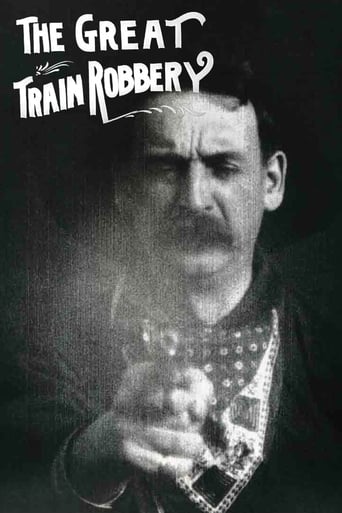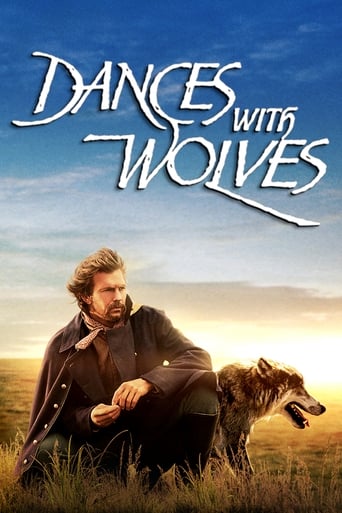In Old Arizona (1928)
Army Sergeant Mickey Dunn sets out in pursuit of the Cisco Kid, a notorious if kind-hearted and charismatic bandit of the Old West. The Kid spends much of his loot on Tonia, the woman he loves, not realizing that she is being unfaithful to him in his absence. Soon, with her oblivious paramour off plying his trade, Tonia falls in with Dunn, drawn by the allure of a substantial reward for the Kid's capture -- dead or alive. Together, they concoct a plan to ambush and do away with the Cisco Kid once and for all.
Watch Trailer
Free Trial Channels
Cast


Similar titles
Reviews
Takes itself way too seriously
Save your money for something good and enjoyable
Sadly Over-hyped
The biggest problem with this movie is it’s a little better than you think it might be, which somehow makes it worse. As in, it takes itself a bit too seriously, which makes most of the movie feel kind of dull.
First time I got to know about this film was when I saw "O'Henry's Full House" in 1953. They showed a scene of this film and as I always liked westerns I was impressed by it being written by O'Henry and having as the main character "The Cisco Kid", which was present in so many B westerns from then on. Seeing the film recently I realized it is not really a western, because it lacks its main element: action. But it is a wonderful film, the first that was all talked, and we can say it is all talk. With no problems it could be a theatrical play. It comes from a short story of O'Henry, and in order to make it into a movie they added characters and dialogs, and did quite a good job. Even though Warner Baxter got the Oscar as the Kid, Edmund Lowe is just as good as Mickey Dunn, and as he talks about New York we realize what a fantastic city it must have been (and still is). Dorothy Burgess still carries on the acting of the silent movies and overacts, but is sexy and charismatic. A film not to be missed by those who are interested in the story of Cinema.
I have heard so much about In Old Arizona that I truly was anticipating a genuine 'western' experience since this was a Fox film . I know the production values and story lines in their silents were always entertaining . I kept waiting for a western but it never came . One has to be able to be able to imagine the newness of sound to comprehend the audience reaction to this film at its release . The frying bacon scene has been recounted in several different publications . The newness of sound was evident throughout the picture with songs , continual dialogue (sometimes very inane ) , sound effects ,etc. The film tried to overload the senses of the viewers with sound that seemed to come in waves to awe the viewers.The direction receiving an Academy nomination escapes me completely . It appeared the director knew it was sound , but used tried and true 'silent ' techniques . The constant smiling , grinning and bon vivant attitude of Baxter was reminiscent of second tier silent western stars ala Buddy Roosevely , Wally Wales ,Bill Cody , Bob Custer et al. They all used this carefree , devil-may care attitude constantly . Probably the most noticeable 'throwback ' methods were the exchange between Baxter and Burgess at the end . Both had a double meaning for their phrases which could have translated into a very delightful scene . However both of them resorted to 'silent' facial expressions that let the audience in on the meaning , but not the other character . Cummings showed his lack of knowledge and faith in sound as well as subtlety in expressions , but it understandable given his background and the newness of sound.Baxter handled himself very well , yet you wonder if the Oscar was for the sound element tied to his performance rather than the strength of his acting alone . He always did a creditable job in any picture . Burgess is another story . Her attempt to portray herself as a Hispanic vamp left a lot to be desired . Still you cannot help but see the definite ' borrowing ' for Pearl Chavez in Duel in the Sun . There is no mistaking the copy that Jones used .Finally , the O. Henry ending for the film was a little different . You reap what you sow is very prevalent in Edmund Lowe and Burgess . They sowed deceit and reaped their just desserts . However , Baxter just goes on his outlaw ways with no consequences . He admits it will come one day for him, but we don't see it . So there is morality and amorality . Where there is no dialogue , I was fascinated how some outdoor scenes took on a John Ford Monument Valley look . The scene where Burgess goes into the saloon to meet Lowe is priceless . She walks in and she and a customer start exchanging ' let's do business ' glances . Then she meets Lowe and begins to condemn the women who work there and castigates Lowe for comparing her to them . Her self-righteous air is her best piece of acting in the entire movie. You knew this was precode with some of the dialogue . When Baxter tells Lowe he is known as " Conejito " , Lowe 's line asking ' is he that fast' is priceless . The allusions abound .Still this is well worth the time to view . First for the historical as to the use of sound . Then there is the introduction of the Cisco Kid . You have to have this film to trace the evolution of the character in film . When Baxter was talking about Yaqui being his best friend , you almost expected a pan to Pancho based upon preconditioning to the pair .The morality and the love triangle dominate this film . There is no issue to be resolved as none ever existed . You have a story of 3 people - interesting , but slow moving and slower developing . Glad I own it and watched it
Not only is this the first major sound western, it is the first done out of doors. The sound isn't all that great, booming and fading, but consider that this was made in the "dawn of sound" era, 1928, and at that time the great MGM had yet to make any talking pictures. The camera work, however, is excellent, even if limited as to action by the tyranny of the new microphone. Fox films were keeping up with pioneering Warner Brothers fairly well.Suggested by "The Caballero's Way", a story by William Sidney Porter (O. Henry), the main character, "The Cisco Kid", has been considerably upgraded. Porter's "Kid" was a ruthless bandit, who didn't like people who got in his way, especially sheriffs. In the film, the authority figure is not a sheriff, but an army Sergeant co-opted by the locals to run down the "Kid" and "terminate him with extreme prejudice". The movie has added what amounts to an extensive prologue to the original story elements, in which the "Kid" robs a stage carrying considerable gold, thus depriving a number of the locals of considerable cash.The Sergeant seduces, without too much trouble, the girl-friend of the "Kid". He persuades her to betray him, more or less Judas fashion, but the wily bandit overhears the plot and takes a cleverly sadistic revenge. In case you haven't read the story or seen the film, I'll say no more. When I first commented on IN OLD ARIZONA some years ago, I had not then seen the excellent DVD now available, and was depending on my memory of seeing the movie in 1928, when it was in general release. (Yeah, I'm that old!) As a result, I described an ending which either belonged to another "Cisco" movie, or was perhaps an alternate ending to this one. In any case, the DVD presents the same ending as the O. Henry story.Despite all the shortcomings, compared to modern films, this old museum piece has considerable pictorial charm. There is a brief sequence showing ham and eggs frying, with appropriate sound effects, that brought out a gasp from the audience in 1928. Sound and sight, Oh, boy! The outdoor sequences, possibly using some process photography, look to be depicting the Tonto Rim country of Arizona, but some of the rocks might just have been in Griffith Park! Now, the acting, beyond that of Warner Baxter, is about high school senior play level, if that good. Edmund Lowe is merely mediocre, but Dorothy Burgess, alas, is really pitiful. Baxter, himself, seems very mannered, probably going slow to be sure he didn't slip on his "mexican" accent. The best acting is found among the "bit" players. They seem more comfortable in their roles and project more naturally than the principals. One might be forgiven for suspecting that they got less attention from the directors. It does take some patience to "enjoy" this old film, but I can't say I was bored. For fullest enjoyment, you have to project yourself, if you can, back to 1928, and imagine that you can actually smell that ham frying in the skillet. And the "Kid" and the girl never ate it! They "retired" into another room.
Warner Baxter might have deserved an Oscar nomination for the great 42nd Street, but winning for this slow and dated western is amazing. He beat out Paul Muni, Lewis Stone, Chester Morris, and George Bancroft. Maybe because In Old Arizona was the first talkie to use lots of location shots. Baxter now seems like a very strange choice to have played the Cisco Kid (where was Ramon Novarro?), and it's hard to accept him in the role. Dorothy Burgess made her film debut here as Tonia Maria. She veers wildly from incredibly bad overacting to a few scenes where she is good. Edmund Lowe (like Baxter) was an established silent film star (What Price Glory?) and he comes off best here as the Sergeant. While Baxter and Burgess chew the scenery, Lowe underplays and seems natural and breezy. J. Farrell MacDonald is on the stage coach that Cisco robs; Soledad Jimenez is good as the cook, and Henry Armetta is the funny barber. The other actors are just plain awful. In Old Arizona also won an Oscar nomination as best film, losing (thank god) to The Broadway Melody. All 5 nominees were talkies. To be fair, there are some good outdoor shots in this film, but the sound is generally weak. And the song that opens the film (played to a black screen, before the title even comes up) is hideous.

